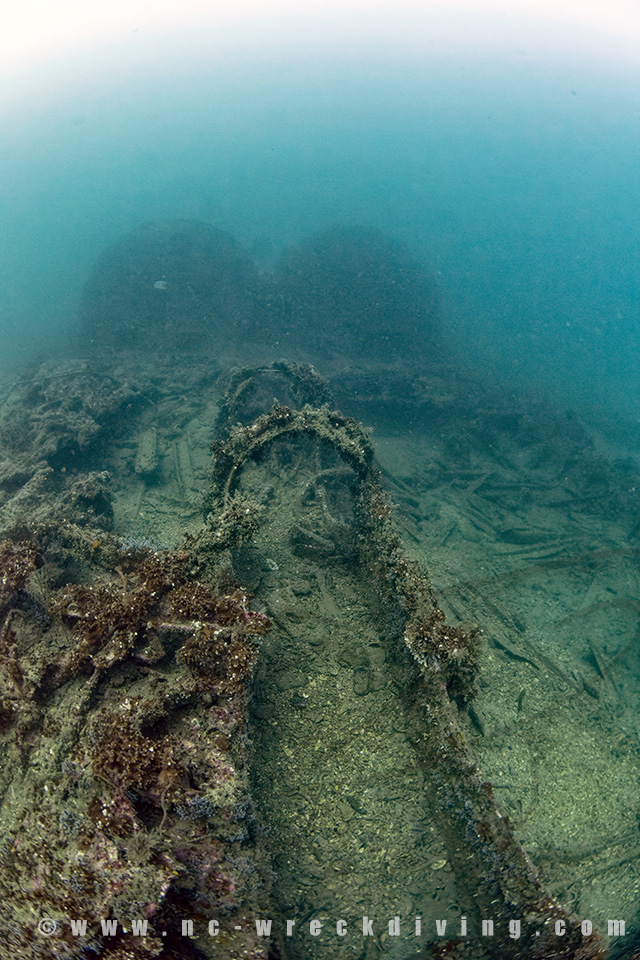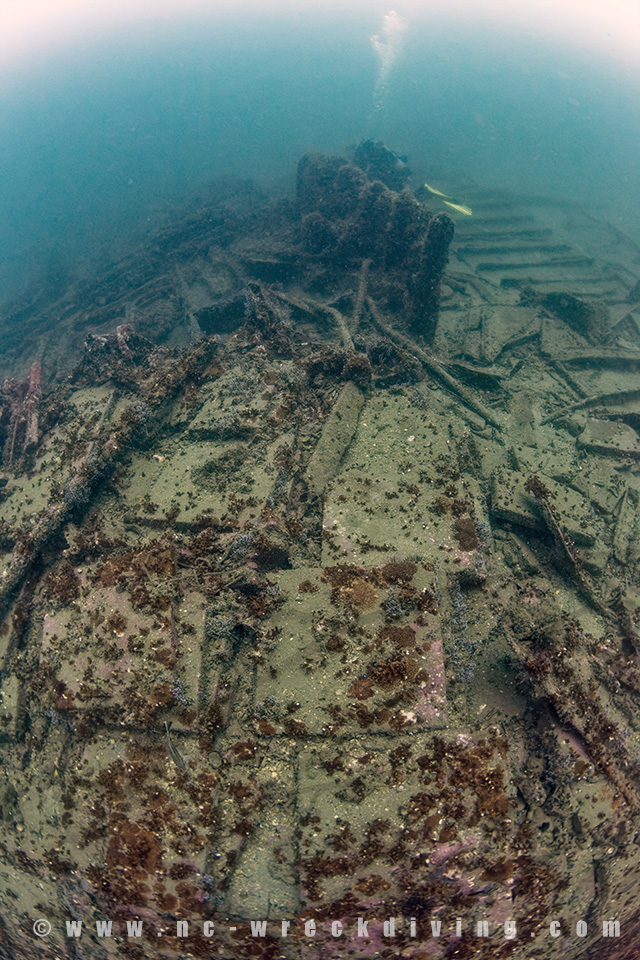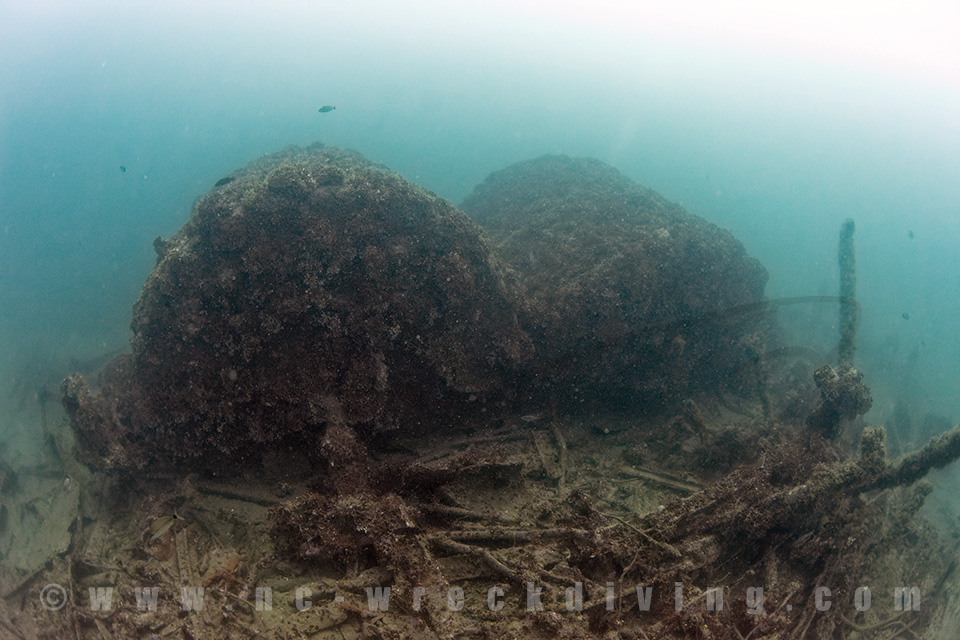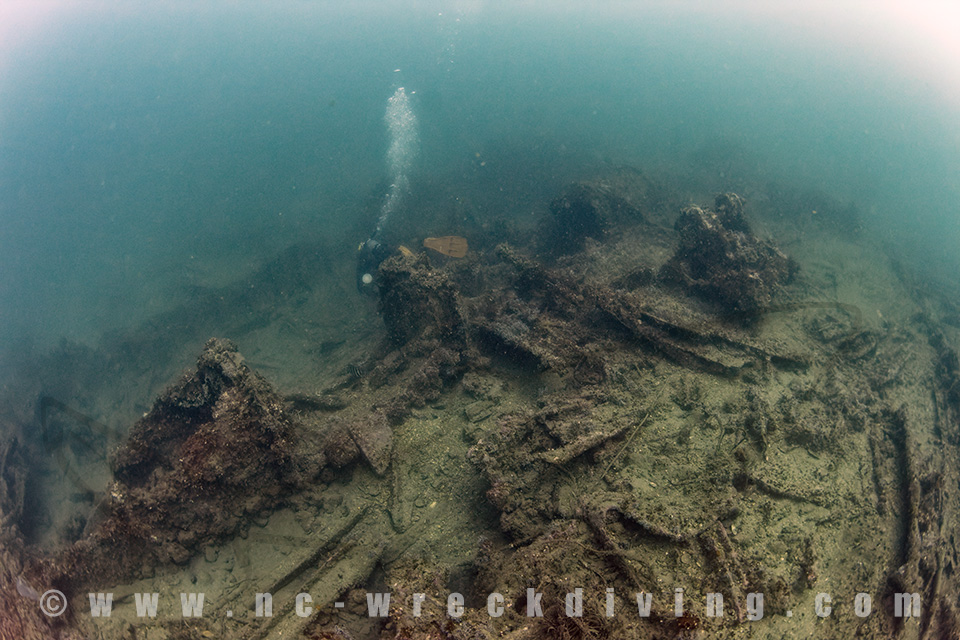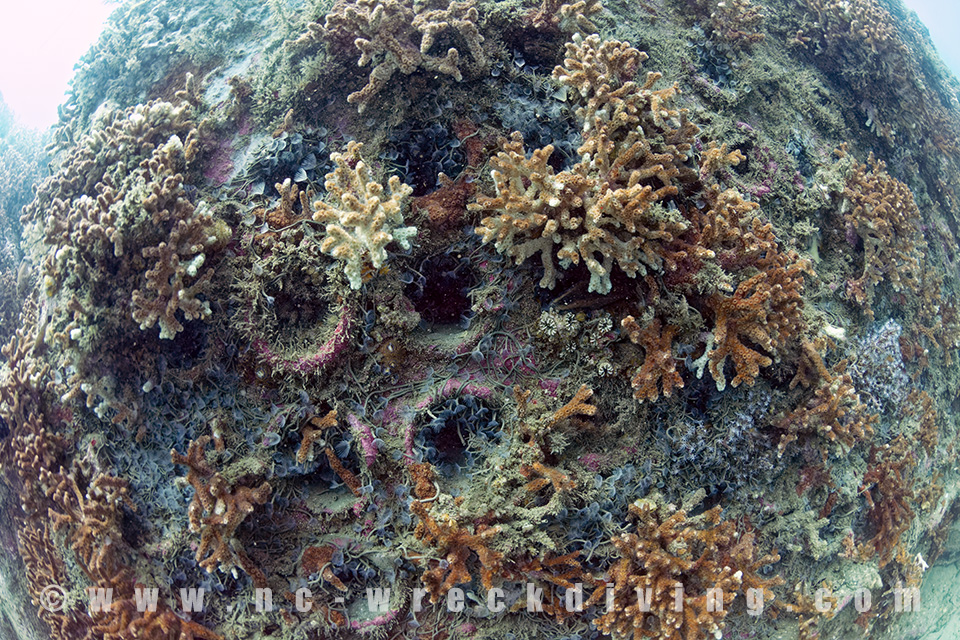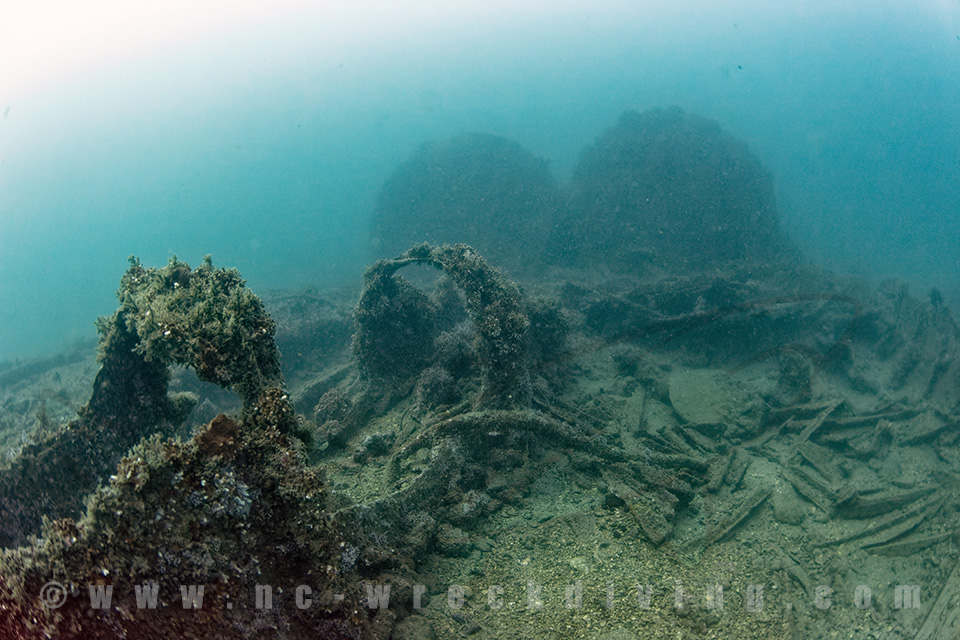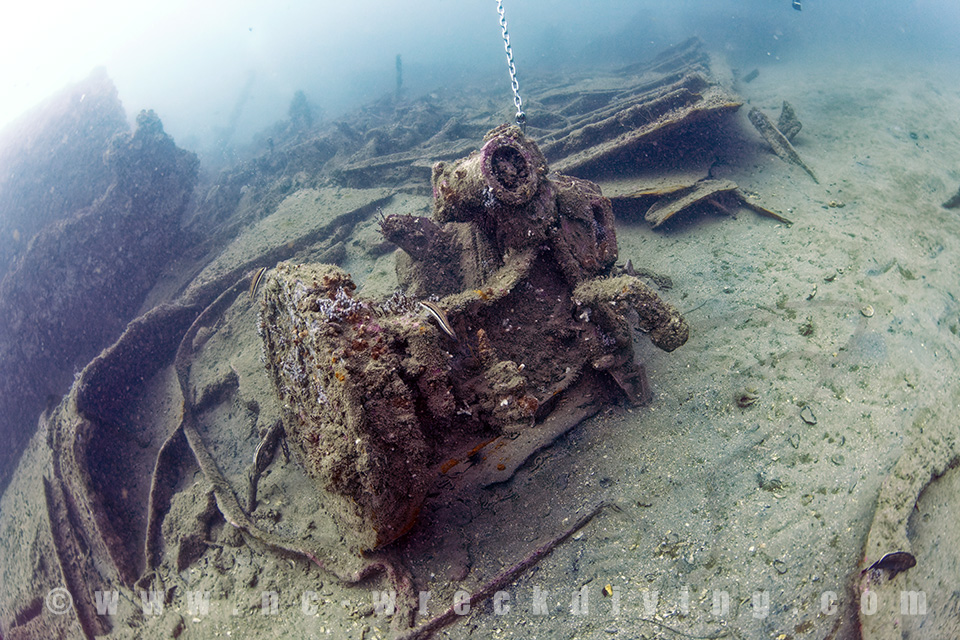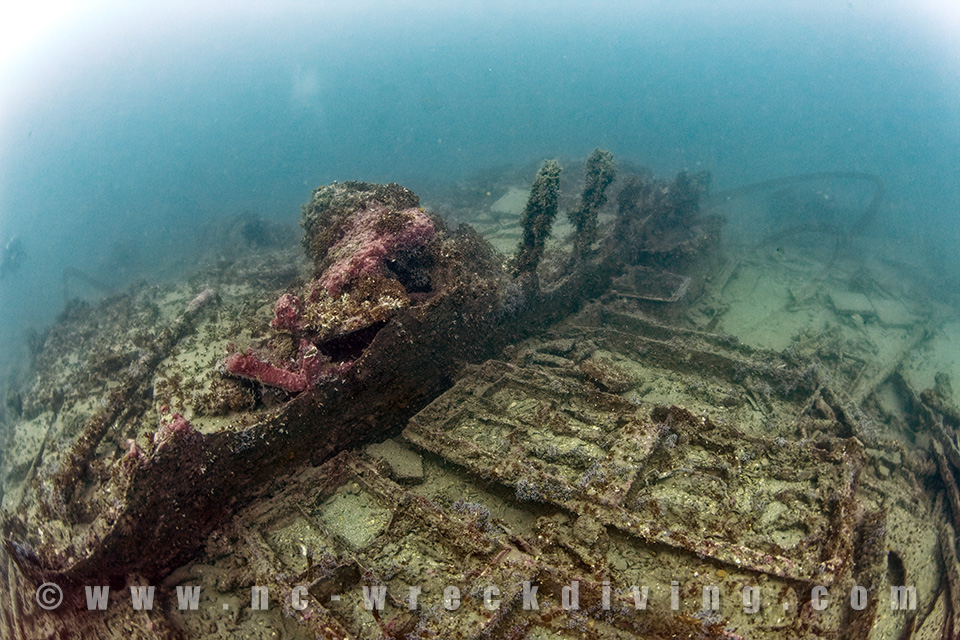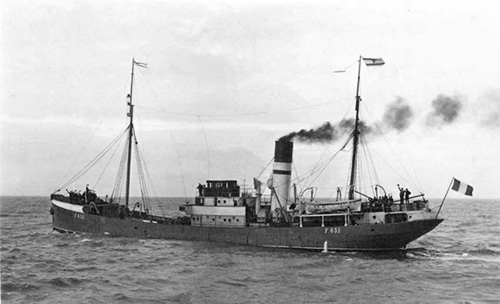
As a fishing trawler: HMT Senateur Duhamel (Aberdeen Maritime Museum via 35)
After the Japanese attack at Pearl Harbor, the USA entered the war but was sorely lacking escort and anti-submarine vessels to protect the valuable east coast shipping lanes from German u-boats. The British transferred the Senateur Duhamel (1942) and 23 other vessels to US waters to serve under the direction of the US Navy. The Senateur Duhamel shared the same patrol area as the HMT Bedfordshire: Cape Lookout, NC to Norfolk, Virginia escorting convoys and merchant vessels around the dangerous u-boat hot zone, the Diamond Shoals, off of Cape Hatteras. Its home port for supplies and refueling was Morehead City, NC.
In May, 1942, the Senateur Duhamel was on patrol and spotted another ship in the fog. Unknown to the Senateur Duhamel, it was the destroyer USS Semmes (D-189) returning to Morehead City after handing off its convoy members to the next set of escorts. It was not aware of the Senateur Duhamel and its lookout and deck officers were blinded by the bright signaling lights from the Duhamel inquiring as to "What Ship?" The destroyer attempted to turn away but the quickly closing bow of the Semmes struck the Senateur Duhamel, riding up on the trawlers forecastle. The ships signaled for help. The USS Semmes was severely damaged. The ships were pulled apart and it was later determined the Semmes was not in danger of sinking. The HMT Senateur Duhamel drifted away in the night and a search was made for the Senateur Duhamel. It was reported slowly sinking on its keel landing on the bottom at 55 ft with its mast still sticking above the water. There were no fatalities on either ship in the incident.
The remains of the Senateur Duhamel was untouched until June 8, 1943, when the British tanker Norman Star stranded itself on top of the sunken trawler. Now a recognized hazard to navigation, the trawler was demolished in 1944 by the salvage ship Vigilant WPC-154 which dropped several tons of dynamite to level any vertical structure of the Duhamel wreck site to safe heights.
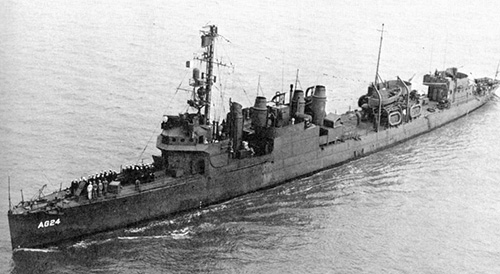
USS Semmes D-189 circa 1945 (8)
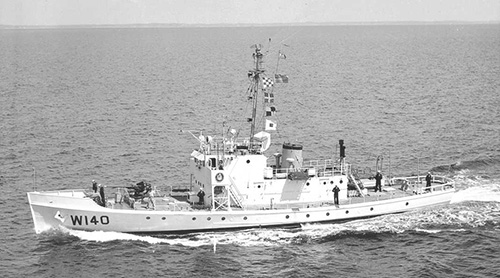
Active class vessel similar to the Vigilant WPC-154 (wikipedia)

